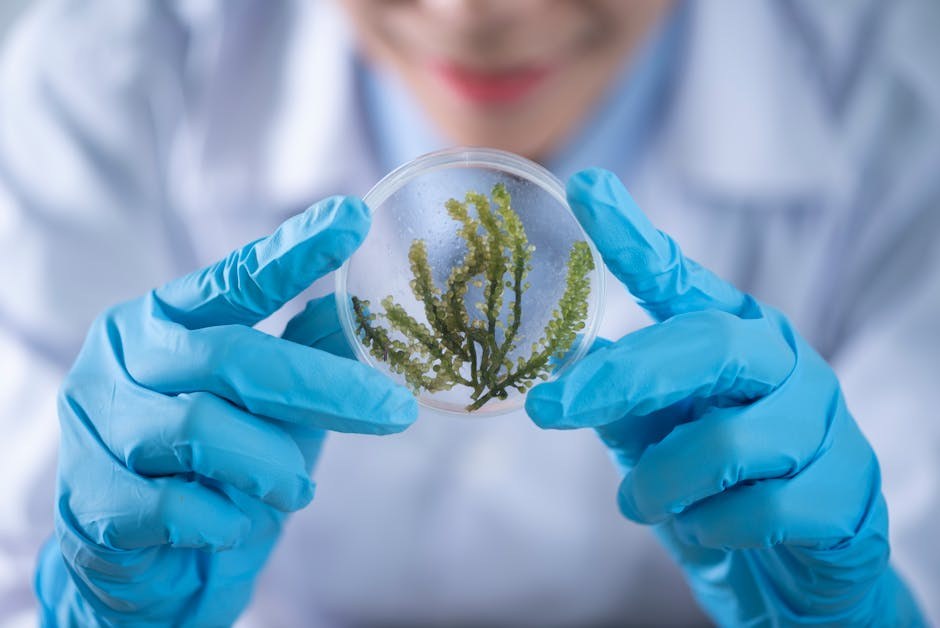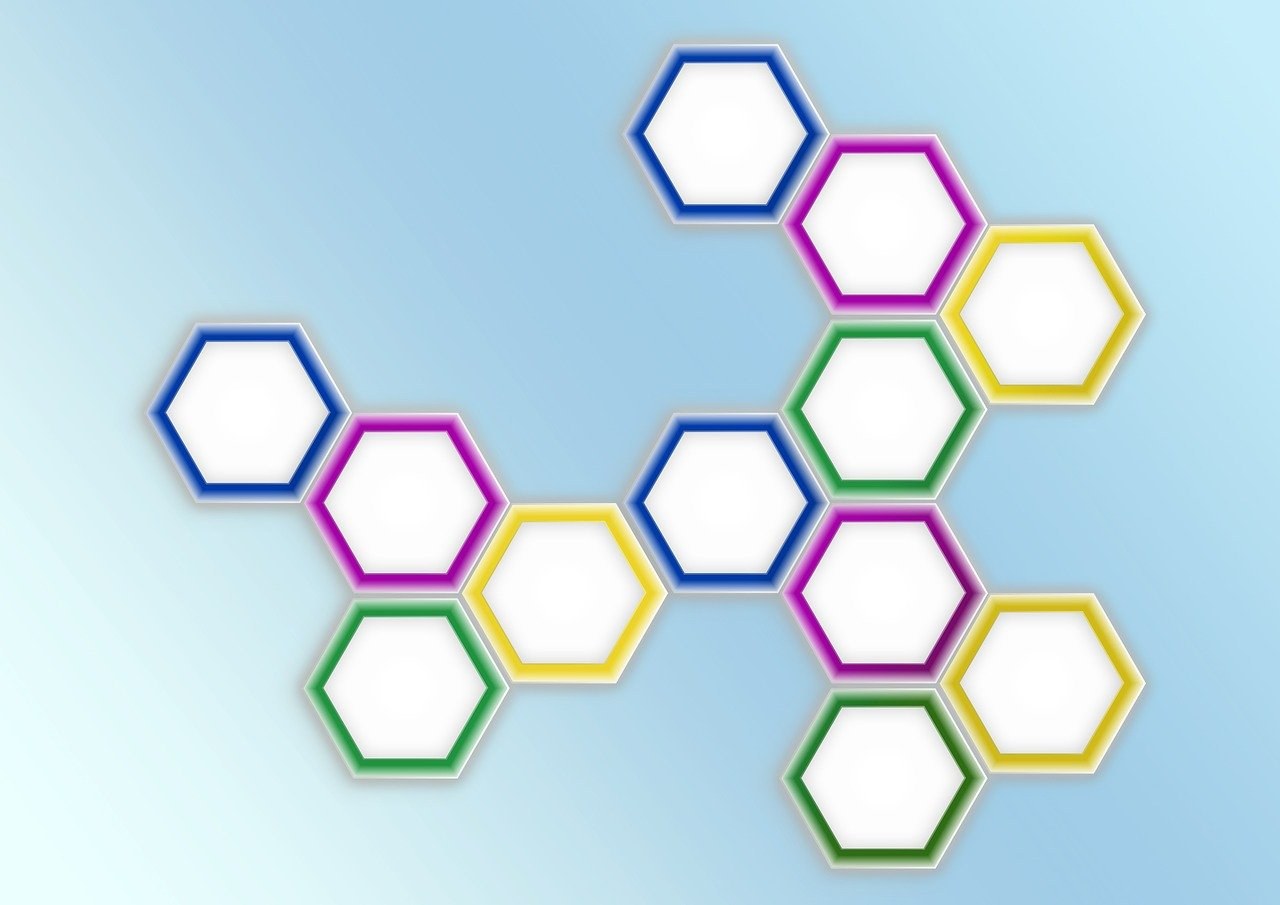Walk into a room and, without a word, someone seems suddenly brighter – a spark snaps in the space between you. That electricity often gets credited to a quiet chemical chorus known as pheromones. These scent-based signals do not shout so much as whisper to the brain’s primitive centers, hinting at fitness, compatibility, and the possibility of romance. While we like to believe attraction is all conversation and charisma, a subtler script runs underneath. Understanding how pheromones operate will not turn dating into an equation, but it does explain why certain people feel irresistible for reasons we can’t easily name.
So, what are pheromones?
In human conversation, words carry meaning – but inside your nose, chemistry speaks its own language. Pheromones are scent cues that prompt a hormonal response associated with attraction. They arise from glands in areas like the armpits, the genital region, and even the barely-noticed sheen inside the navel. Those secretions mingle with skin, hair, and the natural bacteria that live on us, forming a faint signature most of us never consciously detect. Still, the nose relays that information to parts of the brain involved in memory and emotion, and the body interprets the message without asking for permission. That is the basic logic of pheromones: they are not perfume, not words, not intention – but they lean on biology to nudge attention, interest, and desire.
Why evolution wired us for scent
Long before modern dating apps, organisms relied on chemical signals to find suitable partners and keep a species moving forward. From that perspective, pheromones serve an ancient purpose: they hint that a potential mate is healthy enough to partner with and, perhaps, to produce robust offspring. The “message” is not a conscious evaluation. Rather, the body processes a blend of cues – movement, voice, symmetry, and yes, scent – and then synthesizes them into a feeling. In this mix, pheromones play the role of background score, not the entire melody, but the notes can be strong enough to tilt the mood toward attraction.

The tug that defies logic
Everyone knows the bewildering urge to kiss someone you’ve only just met – the moment defies spreadsheets and checklists. That pull can arrive when pheromones amplify libido and sharpen attention. Plenty of qualities make a person compelling: confidence, kindness, humor, and style all matter. Yet some people appear to broadcast a low-key magnetism that goes beyond personality. Pheromones help explain why an encounter can feel charged before the first proper conversation begins, and why one person ignites chemistry while an almost identical person – on paper – leaves you unmoved.
Does everyone respond the same way?
Not at all. The way we smell to others is shaped, in part, by our genes and hormones, and those differences mean our scent signatures land differently on different noses. A woman’s natural odor can shift across her cycle; what another woman barely notices, a man might read – at a subconscious level – as heightened fertility. Likewise, post-workout sweat that sends one person fleeing might prompt another to think “vital, energetic, capable.” Preferences diverge because bodies and histories diverge. Pheromones do not tell everyone the same story; they offer a story that certain listeners are primed to hear.
What research hints at
Scientists have explored how people respond to body odors in controlled settings, and while the subject is complex, patterns emerge. Participants often show preferences aligned with their orientation, and in some experiments, people gravitate toward scents associated with genetic difference, a pattern that would, in theory, favor resilient offspring. None of this means pheromones dictate outcomes – they do not command, they nudge. But the general takeaway is intuitive: we are equipped to read subtle chemical hints about compatibility, and those hints sometimes sway our choices in ways we notice only as a feeling. In short, pheromones belong to the same invisible toolkit as tone of voice, posture, and microexpression.

Personal favorites and scent biases
Taste is personal. One person is entranced by a smoky cologne; another prefers the clean warmth of laundry and skin. The same subjectivity applies to body scent. When you cross paths with someone whose natural signature pairs well with your own receptors, the reaction can be intense – or blissfully calm and safe, which is its own kind of attraction. When the fit is poor, nothing dramatic happens. That is part of the magic of pheromones: they hum along out of sight, turning the volume up for a promising match and down for someone who is simply not for you.
Animals, oceans, and simple rules
The idea first entered mainstream conversation through the animal kingdom, where chemical signals often have straightforward effects. Sea creatures release cues into the water; partners follow the trail. In many species the process can look almost mechanical. Humans, however, are layered – culture, memory, and self-awareness complicate everything. We still carry the ancient hardware, so pheromones matter, but the final result must pass through personality, timing, and context. That is why the same two people can meet twice and feel wildly different sparks each time.
Beyond sex: everyday magnetism
People sometimes call these signals the “scent of sex,” but the influence extends beyond the bedroom. Pheromones help shape first impressions, the ease of a conversation, and the faint urge to linger near someone in a crowded space. If you’re looking for a partner, your body is already doing part of the outreach for you – without a sales pitch or strategy deck. And if you simply want to be perceived as approachable, the same chemistry can support that too. The point is not to obsess over every molecule; it is to appreciate how often attraction begins before words land.

What can you actually use them for?
If you’re dating, you can let nature contribute – no need to force every moment. People vary in how they read and reward scent, so some will be drawn to your particular blend and others won’t. That mismatch is not a verdict on your value; it’s more like musical taste. You can, however, shape the conditions that let your natural signals shine. None of this manufactures chemistry; it simply stops you from getting in your own way while pheromones do what they do best.
- Prioritize clean, healthy skin – not to erase your scent, but to keep it balanced. Over-scrubbing or over-masking can blur your natural signature.
- Allow a little space between your skin and heavy fragrances. A gentle spritz can complement you; an overpowering cloud can drown out subtle cues.
- Move your body. Everyday activity changes circulation and warmth, which can subtly affect how your natural scent disperses.
- Lean into confidence and ease. Mood and stress alter how we carry ourselves, and that context colors how others read the same signals.
Growing older and changing signals
Scent shifts across the lifespan. Many people feel most chemically “loud” in youth, which makes sense from an evolutionary angle, and become more muted with age. That quieting has inspired an industry of pheromone-themed perfumes and colognes. Some wearers feel more noticed while using them, though it’s tricky to know whether the effect comes from the formula itself or from the boost in self-assurance that comes with believing you’re appealing. Pheromones may play a role either way, but confidence and presence matter too – the chemistry and the psychology tend to travel together.
Can products hack attraction?
When a concept captures the imagination, the market responds. Many products claim to blend lab-made compounds that supercharge desirability. The promise is tempting: spritz, stroll, and let strangers swoon. Real life is less cinematic. Scent-saturated stores show how fragrance can set a mood – some environments practically hum with adolescent longing – but mood is not mind control. Bottled blends can grab attention or make you feel bold, which can influence behavior and response. Even so, pheromones are not a remote control for someone else’s choices, and a charming conversation still outperforms any ingredient list.
What science can and cannot pin down
Researchers have peered at this puzzle from many angles, and yet the precise wiring remains elusive. People differ so widely that isolating a universal “formula” has proved difficult. That is why, despite years of curiosity, you won’t find a single agreed-upon recipe for human pheromones – too many variables, too much individuality. What science does grant us is modest: some odors are generally rated as more pleasant, and certain patterns of preference appear under specific conditions. The bigger promise – a vial that turns indifference into desire – remains more fantasy than fact. Pheromones illuminate tendencies; they do not dictate destinies.
Commercial formulas versus your own signature
Because business rarely ignores a potent idea, synthetic versions are marketed as shortcuts to seduction. But your body already broadcasts a complex, personal signal stitched together by metabolism, diet, skin microbiome, and hormones. That nuance is hard to counterfeit. Put differently, the most persuasive chemistry is often your own. If someone responds to your natural scent profile, the pairing may reflect deeper biological compatibility. If they don’t, a generic bottle is unlikely to bridge the gap for long. Pheromones can spark interest – maintaining mutual interest requires the usual human skills: honesty, curiosity, and care.
Working with nature: simple, sustainable habits
Think of attraction as a collaboration between biology and behavior. You cannot command pheromones like a switch, but you can create conditions that let them register. Practical choices help: breathable fabrics, reasonable hydration, and restful sleep support the baseline rhythms that influence how you come across. None of this is a hack – it’s maintenance. It also keeps expectations realistic. The best way to “use” pheromones is not to chase strangers with chemistry, but to show up as yourself and let the right listeners notice.
- Give your natural scent room to be noticed. If heavy fragrance is your signature, consider reserving it for moments when you want a dressed-up vibe – and go lighter when genuine connection is the goal.
- Let proximity do some of the work. Intimate distances are where subtle signals become most meaningful, and where pheromones – quiet by design – are most likely to be sensed.
- Favor settings that reduce sensory overload. In a space blasted with loud music and dense fragrance, chemistry gets buried. Quieter rooms give nuance a chance.
- Read the feedback. Interest often shows up as relaxed eye contact, an unhurried posture, or a leaning-in gesture. If those cues are missing, chemistry may simply not be there – and that’s okay.
Misfires, mismatches, and the role of chance
Attraction is not a referendum on worth; it’s an intersection of timing, context, and biology. You can meet a wonderful person and feel nothing; meet them again months later and feel a current. Stress, sleep, and mood can all raise or lower sensitivity, changing how pheromones land. That unpredictability means you can stop trying to reverse-engineer every outcome. If the spark is missing, no problem. If it’s present, enjoy the moment rather than interrogating it. Either way, you are not broken – you’re human, and humans are gloriously inconsistent.
Why the mystery endures
We like proof we can measure – lab values, neat graphs, concrete formulas. Pheromones resist that neatness, which makes them feel almost supernatural. Part of the enchantment is that they are experienced more than they are seen. You cannot point to them, only to their echoes: the surprise of instant warmth, the sudden desire to be closer, the puzzling sense that someone feels familiar. Those echoes keep the topic alluring. Even if we eventually map the exact chemistry, the romance of the unknown will likely survive, because the experience of being drawn to someone is larger than any one mechanism.
Closing reflections
Imagine being able to bottle your own signature – not a generic blend, but the unmistakable chemistry that makes you you. It’s a playful thought experiment, not a practical plan. Dating thrives on uncertainty; the back-and-forth questions – do they feel it too, do we match – are part of the fun. For now, the wisest approach is simple. Let your body hum its quiet tune, keep your presence easy and genuine, and allow the right audience to hear you. Pheromones will keep doing their backstage work – steady, subtle, and surprisingly powerful – while you enjoy the show in front of the curtain.